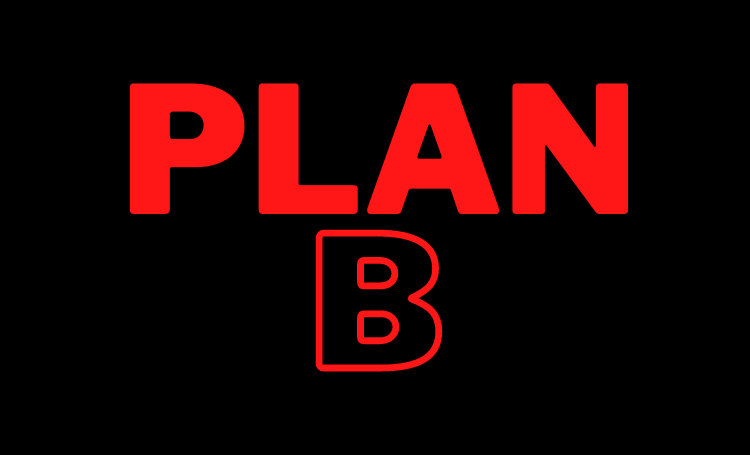Bloomberg Editors
The Washington Post, June 17, 2022
“…the White House needs to assemble a regional coalition to counter Iran. It should work with Arab allies and Israel on integrating air defenses.”
President Joe Biden’s administration has said for months that there would come a time when the benefits of reviving the Iran nuclear deal no longer outweighed the costs. That cutoff point, whether US officials admit it or not, may now be weeks away. While diplomacy shouldn’t be abandoned, the US should be using this time to show Iran and its backers what the alternative will look like.
Iran has provoked this crisis. Its stonewalling of the International Atomic Energy Agency, which has been investigating nuclear material found at several undeclared sites, prompted a dramatic rebuke last week: Thirty countries voted to censure Iran for its intransigence, with only Russia and China dissenting. Iran has retaliated by removing nearly half of the cameras monitoring its nuclear facilities while announcing plans to install more advanced centrifuges. The IAEA says if the cameras aren’t reconnected within a month, inspectors will no longer be able to verify key details about Iran’s production of nuclear material and equipment.
That would be, as the agency’s head put it, a “fatal blow” to the 2015 nuclear deal. Without knowing exactly how many centrifuges and how much enriched uranium Iran has, the outside world can’t ensure that Tehran isn’t secretly stockpiling material for a bomb. Moreover, Iran’s lack of cooperation raises questions about the value of any revived deal. Given that its scientists now have the know-how to reconstitute its stockpiles relatively quickly, it’s even more critical that inspectors be able to alert the world to any signs of renewed weapons research.
To view the original article, click here


